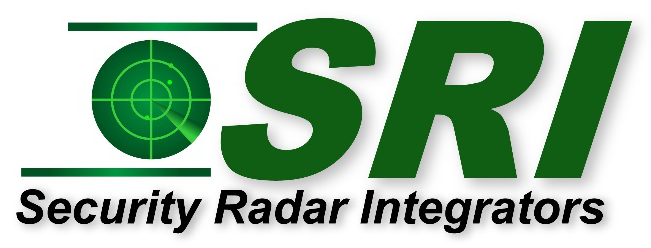If you had a security or fire alarm system at your house that had false alarms, you wouldn’t consider that a usable system. Airfield surveillance is the same way. Now that radar resolution and processing software have reached a level of near 0 false alarms with SRI’s Airfield Radar System, US airports including San Francisco International are adopting radar for airfield and perimeter surveillance. We are behind Europe and Asia on this front (our radar is used in 34 airports over there) because the FCC just approved our frequency for airports last year.
What did airports use for surveillance before radar? A few cameras and periodic patrols for partial surveillance. Or fence systems that detect at the fence but not inside the airfield. I’m not criticizing airports because until now the technology just wasn’t there. Automation is a key requirement for surveillance because people and cameras are not suited to look 360 degrees 24/7.
Before weather satellites, hurricanes hit without notice. Before smart phones, we used paper maps. Before automated surveillance, we used people and cameras to protect our airfields to the extent possible.
Another question – why do we need to automate surveillance on the entire airfield and not just the perimeter? A few reasons. One, a fence climber becomes invisible once he’s over unless you have a system that alarms and follows them with a camera. Two, in an emergency such as active shooter or plane crash, you need a system to see the citizens on your airfield, so you can protect them and get them off fast. Three, and the most common, is wildlife. Just this morning we looked at last night’s activity at one of our installations. We logged 31 runway ops and 5 wildlife hazards. Most were coyote, and some large enough to cause a real threat. Two were within a minute of a takeoff and a landing. While it’s securing the perimeter, ARS can also monitor and report runway hazards.
There are still radar systems out there using older technology that don’t work very well, so do your homework. Safe Skies Alliance has evaluated most of them and has reports available to US airport Security Coordinators. SRI’s system has been evaluated 4 times for different purposes such as perimeter, wildlife, surface movement, and swimmer detection. SFO also hosted a major shootout of the top systems and SRI won hands down.
Some tasks can be done manually and then improved with automation, but airfield surveillance is not one of them. Automation is required for an airfield surveillance system, and it reduces your staff’s workload rather than increasing it.

